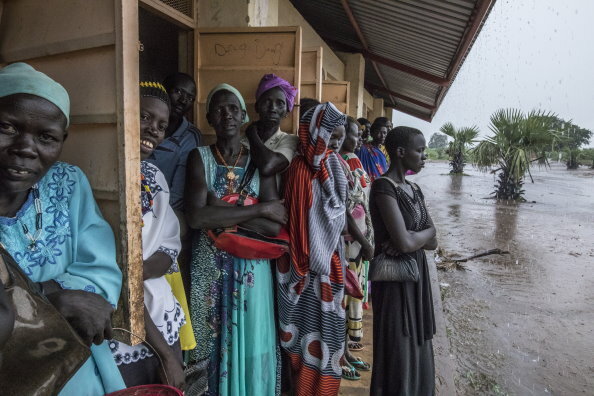South Sudan hunger deepens due to drought, floods and uncertain political future
Up to 5.5 million South Sudanese are projected to be going hungry in early 2020 – according to forecasts from the last food security data prepared by Government and United Nations experts [1]. The number of people in need is likely to increase because of the catastrophic level of destruction caused by floods since October following a drought that hammered parts of the country earlier in the year.
"With all the catastrophes around the world, the last thing we need is another,” said WFP Executive Director David Beasley. “We know the problems that we’ve been having in South Sudan, but the rains and the floods have led to a national disaster and are much worse than anyone could have anticipated.”
“In fact, if we don't get funding in the next few weeks and months, we are literally talking about famine. We need support, we need help and we need it now,” he added
Close to 1 million people have been directly affected by flooding that destroyed 73,000 metric tons of potential harvests and wiped out tens of thousands of cattle and goats on which people depend for survival.
Humanitarian assistance provides a lifeline in most areas of South Sudan. In 2019, WFP ramped up its assistance to reach 4.6 million with life-saving support but now needs US$270 million for the first half of 2020. Of this, WFP needs US$100 million in the next month to buy and pre-position food ahead of the rainy season in May 2020.
The Government declared a state of emergency in late October in Bahr El Ghazal, Greater Upper Nile and Greater Equatoria because of the floods, calling for international assistance to be stepped up.
Famine in South Sudan was defeated after four months in 2017 by a concerted large-scale humanitarian response. Experts now say the country’s food security outlook has never been so dire.
Photos available here
Video footage at the following link
Feature story at the following link
# # #
The United Nations World Food Programme - saving lives in emergencies and changing lives for millions through sustainable development. WFP works in more than 80 countries around the world, feeding people caught in conflict and disasters, and laying the foundations for a better future.
Follow us on Twitter @wfp_media, @wfp_africa and @wfp_southsudan
[1] Integrated Food Security Phase Classification September 2019

